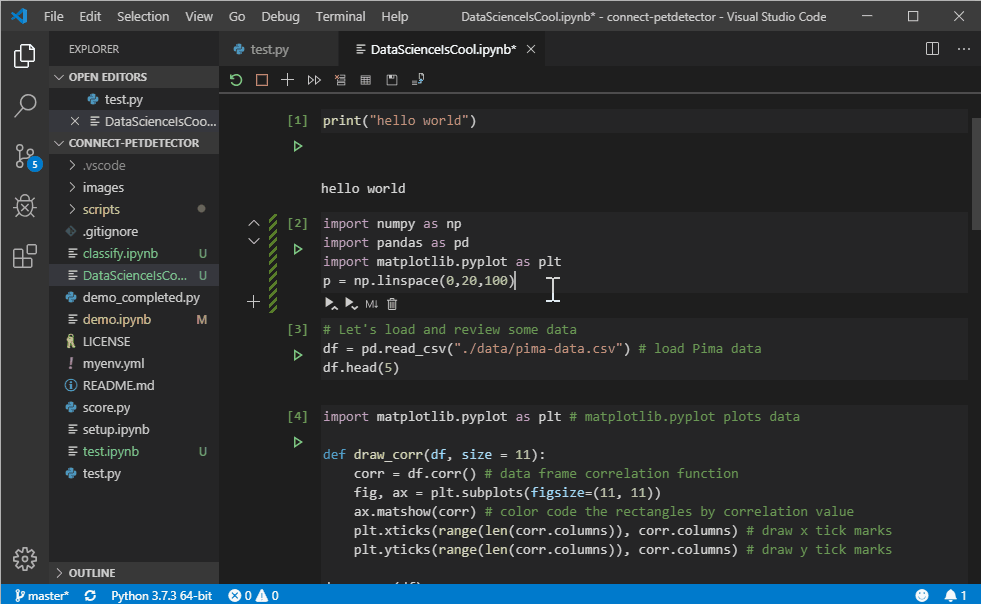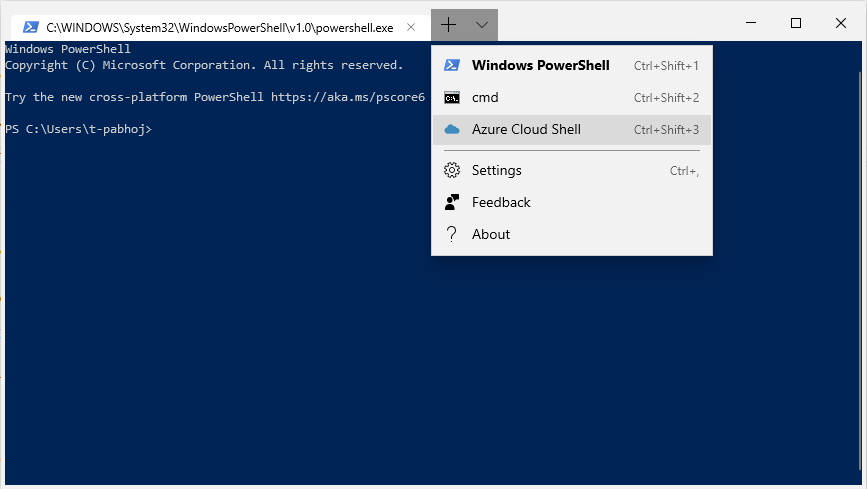AI-assisted IntelliSense for your team’s codebase
3 min
Visual Studio IntelliCode uses machine learning to offer useful, contextually-rich code completion suggestions as you type, allowing you to learn APIs more quickly and code faster. Although IntelliCode’s base model was trained on over 3000 top open source C# GitHub repositories, it does not include all the custom types in your code base. To produce useful, high-fidelity, contextually-rich suggestions, the model needs to be tailored to unique types or domain-specific APIs that aren’t used in open source code. To make IntelliSense recommendations based on the wisdom of your team’s codebase, the model needs to train with your team’s code.
Earlier this year, we extended our ML model training capabilities beyond our initial Github trained base model to enable you to personalize your IntelliCode completion suggestions by creating team models trained on your own code.

Earlier this year, we extended our ML model training capabilities beyond our initial Github trained base model to enable you to personalize your IntelliCode completion suggestions by creating team models trained on your own code.




















